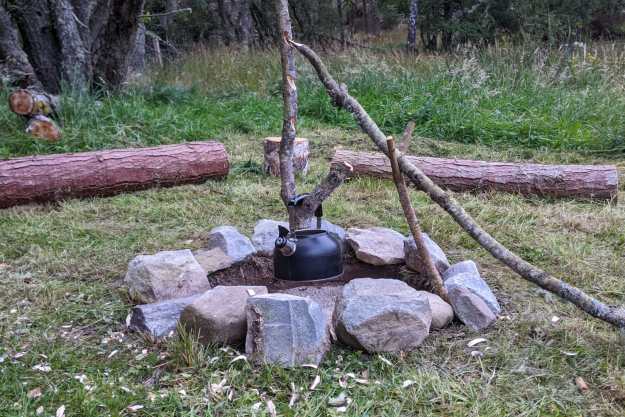El Capitan is a 3,200-foot-tall wall of sheer granite in Yosemite National Park. Professional climber Alex Honnold climbed the Freerider route in June of 2017 in 3 hours 56 minutes.
Oh, and did we mention he climbed it with no ropes?
Not only did he complete this insane feat in under four hours, he did it while being filmed the entire way for the new documentary Free Solo.
Accomplished skier, mountaineer, and filmmaker Jimmy Chin teamed up with director and wife Elizabeth Chai Vasarhelyi to make the film documenting Honnold’s obsession with the massive rock face and the years of preparation leading up to the climb.
The film doesn’t just show the tension of training and climbing (though cameras showing Honnold dangling 2000 feet above the valley floor with no ropes might be enough for some of us), it also includes the emotional battle of family, friends, and a new girlfriend having to deal with the possibility of Honnold not coming home.

Honnold spent years preparing for the climb, climbing the route many times with ropes, making detailed notes about exactly what he would do without one. In 2016 he attempted the route, but found he wasn’t quite ready.
When asked what happens if he were to fall, he simply says, “You accept the fact that if anything goes wrong, you’re going to die. And that’s that.”
Good friend Chin had doubts about making a movie about free soloing, especially one about a friend, because it’s so dangerous.
“It’s hard to not imagine your friend falling through the frame to his death,” he said.
Preparation for the filming was almost as rigorous as the climb itself. Chin had to manage multiple climbers and drones filming on the wall all at once while keeping them from being in anyone else’s shot. Chin followed Honnold through years of preparation and then 30 days practicing the shoot with a 15 person crew on El Capitan.
Free Solo isn’t just about climbing and that’s what makes it different than any other climbing film. After watching the end results, Honnold complains that filming emotional conversations with his girlfriend in his van was harder than the climb itself.

“[Honnold] says he has the opposite experience from the audiences,” Chin says in an interview with Business Insider. “Everybody loves the love story and him as a fascinating documentary character and then are cringing during the climb. He loves the climbing footage and cringes during everything else.”
Honnold is taking a break from free soloing for the moment, focusing on other climbing projects. He’s also working on the Honnold Foundation, his non-profit that focuses on helping people out of poverty so they can enjoy and help protect the outdoors.
See dates and times for Free Solo and watch the interactive 360 video on National Geographic’s official movie site.
If you’re hankering to get your own climb on, check out the best places in the world to go rock climbing for a little inspiration.






